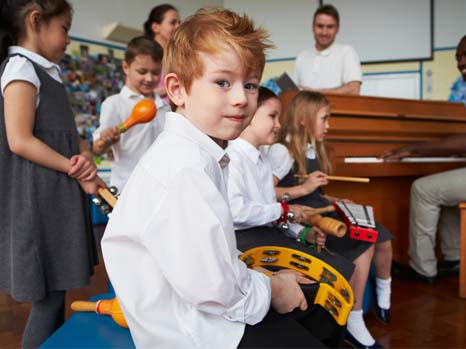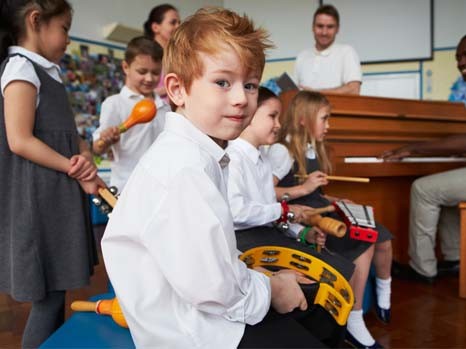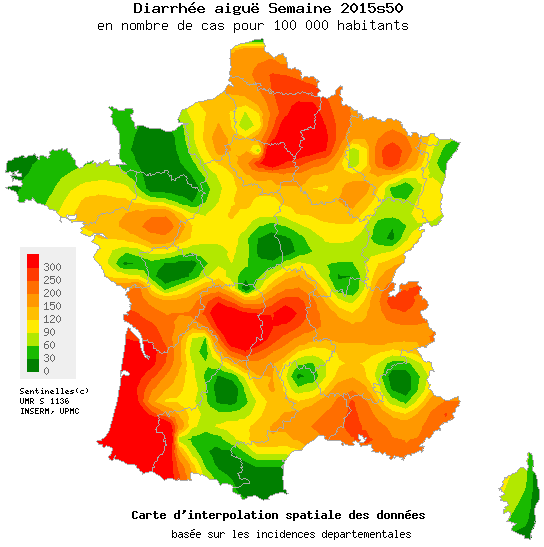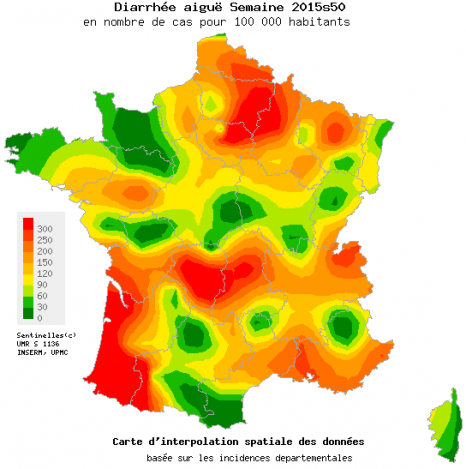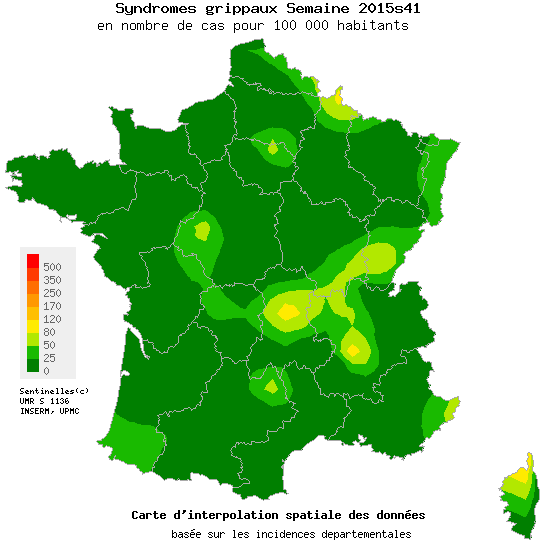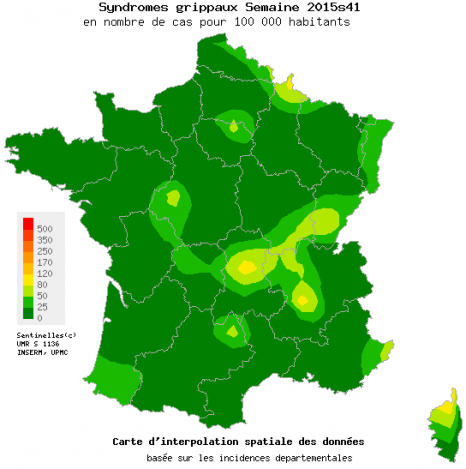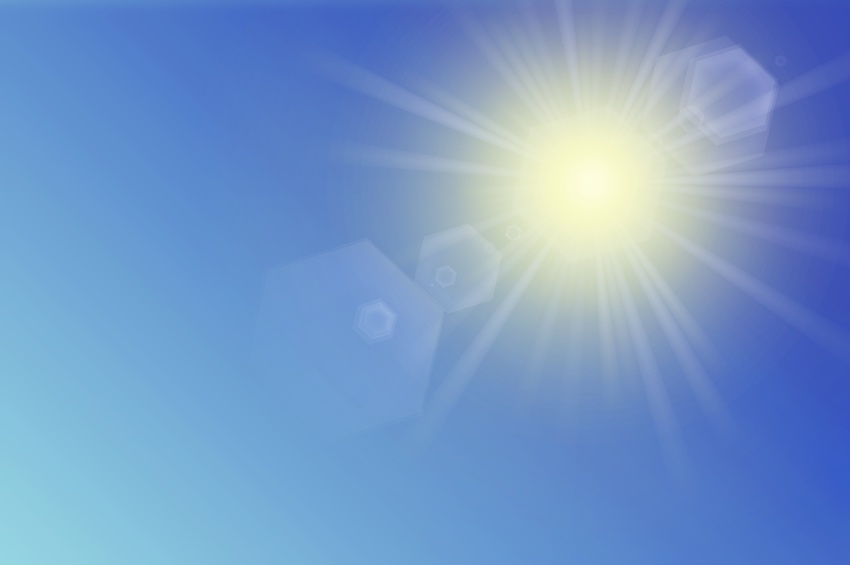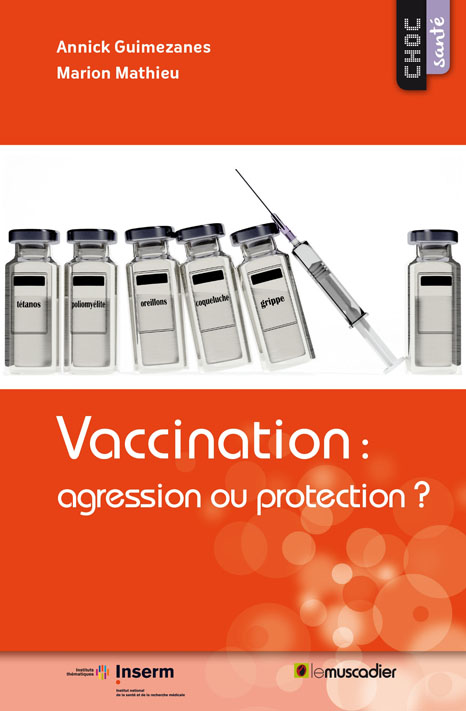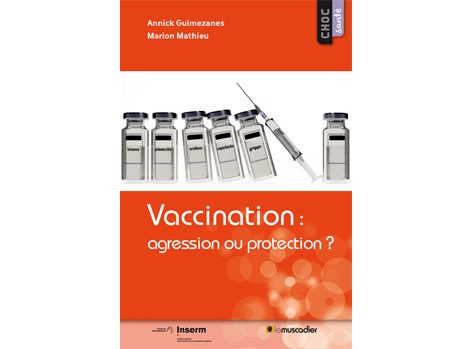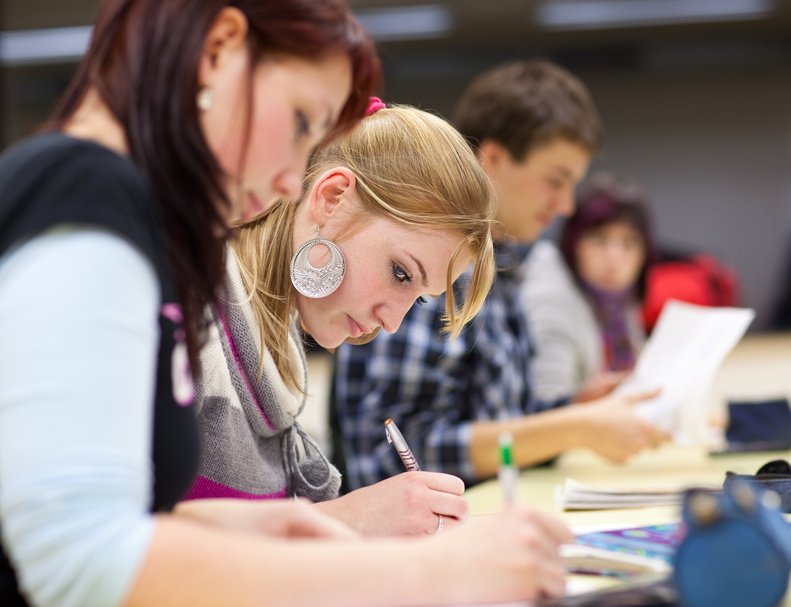In spring 2016, a new phase in the Elfe Child Cohort Study will take place in French nursery schools, with participation by middle-year teaching staff. Its objective: to collect information on early learning by children of approximately 5 years of age. It will hence be possible to analyse the manner in which children enter the various areas of learning provided by nursery schools, taking living conditions, family structures, and the child’s health and development into account.
This “School” component of the Elfe study calls for participation by teachers via playful exercises in the areas of reading and numbers, prepared by the researchers.
(c) Fotolia
The place of the School survey in monitoring the Elfe child cohort
Elfe is the first French study devoted to monitoring children from birth to adult age, which addresses the many aspects of their development and socialisation from the social sciences, health and environment perspective. When it was launched at national level in 2011, over 18,000 children were enrolled in the cohort.
The Elfe study is an innovative source of data for the large-scale analysis of the relationship, at every age, between parent biography, family life, socioeconomic characteristics, and child-minding arrangements and the development of children’s cognitive and social abilities.
The most important data are collected by conducting regular surveys with parents. Direct input is also sought from the children at age three and a half during a home visit, where they do a drawing and play various visual and picture-matching games. By continuing to monitor children at approximately 5 years of age, the School survey will be invaluable in offering a comprehensive and multifactorial approach to the world of early childhood and nursery school.
More information at:
